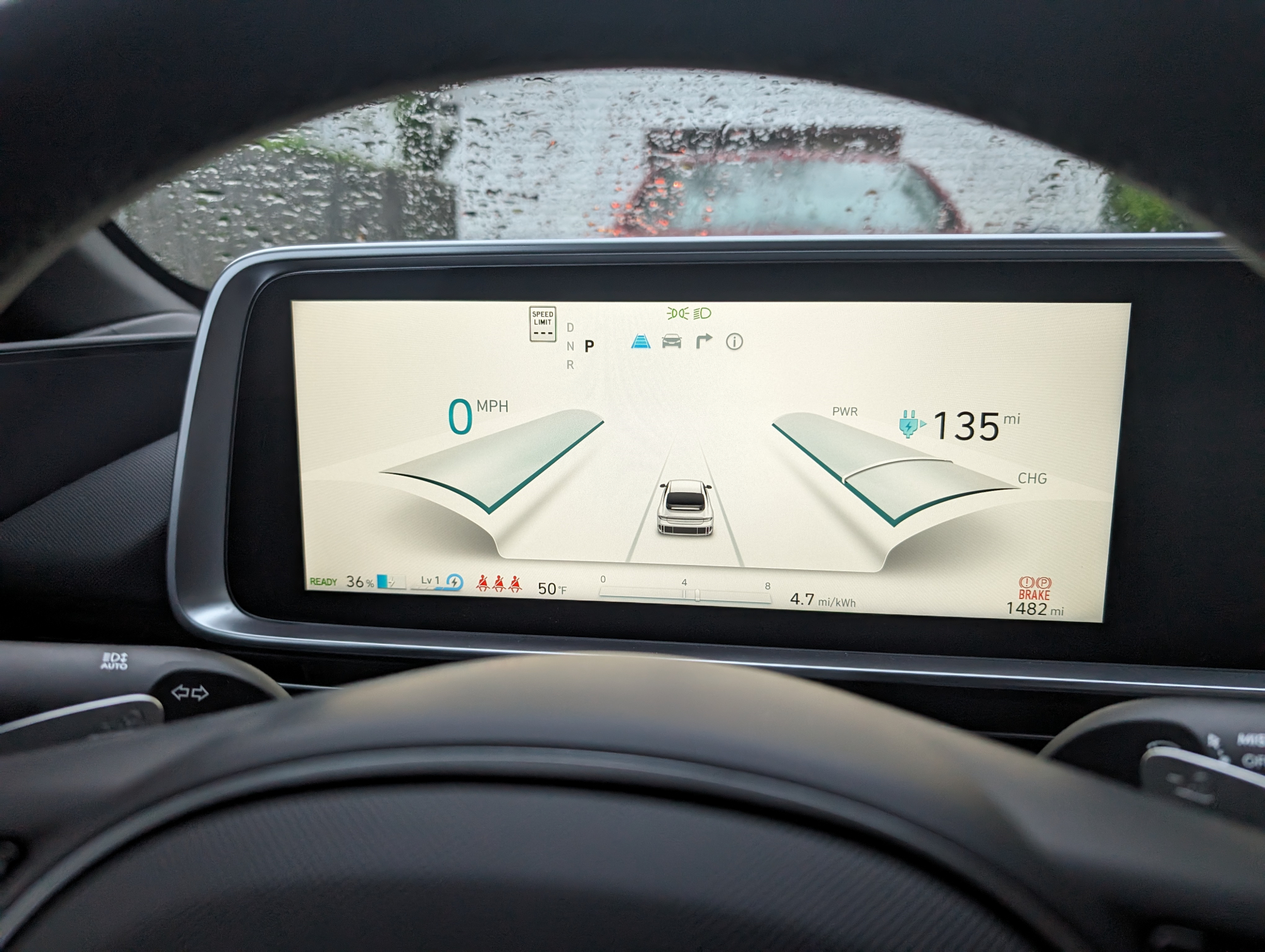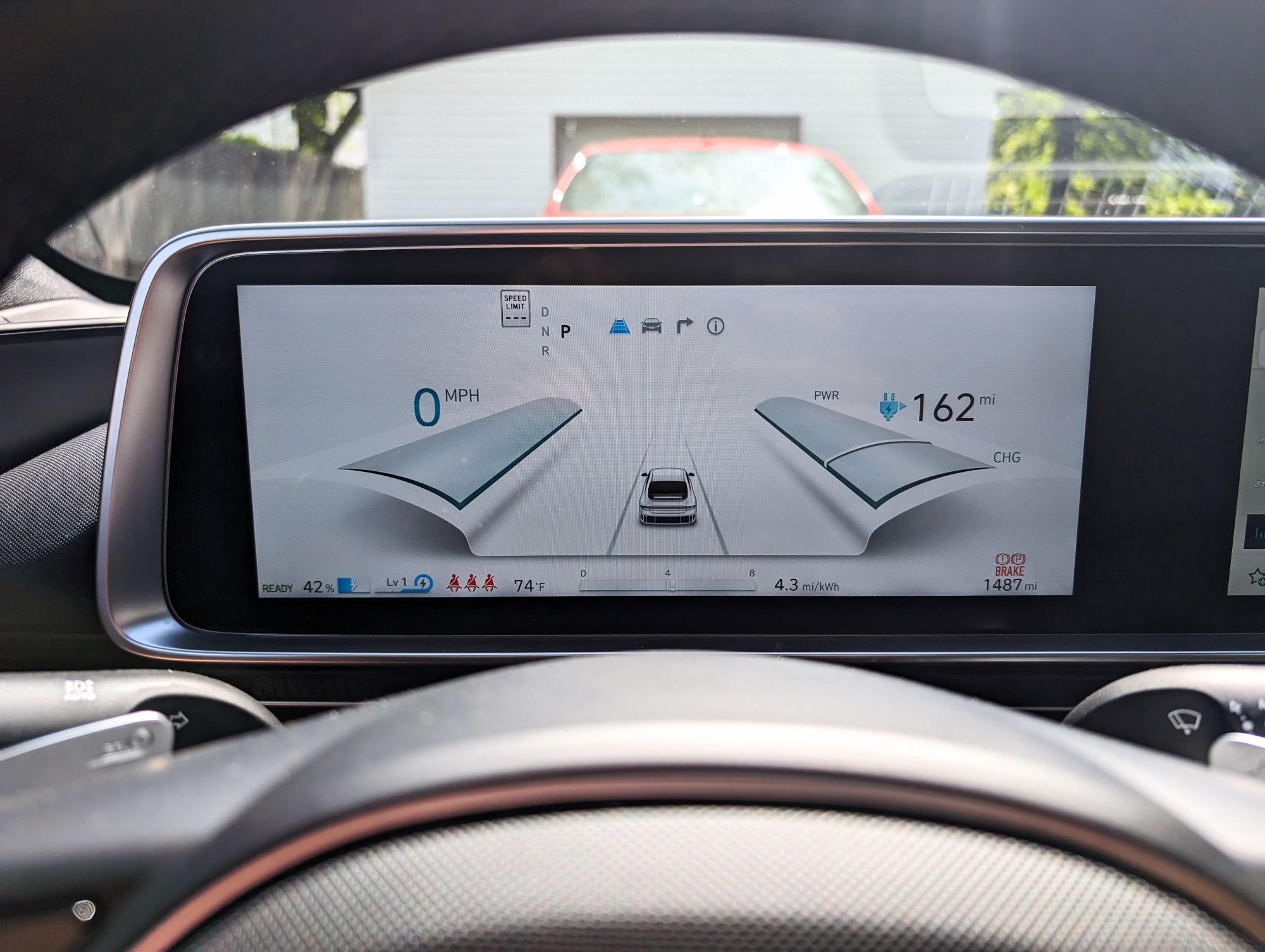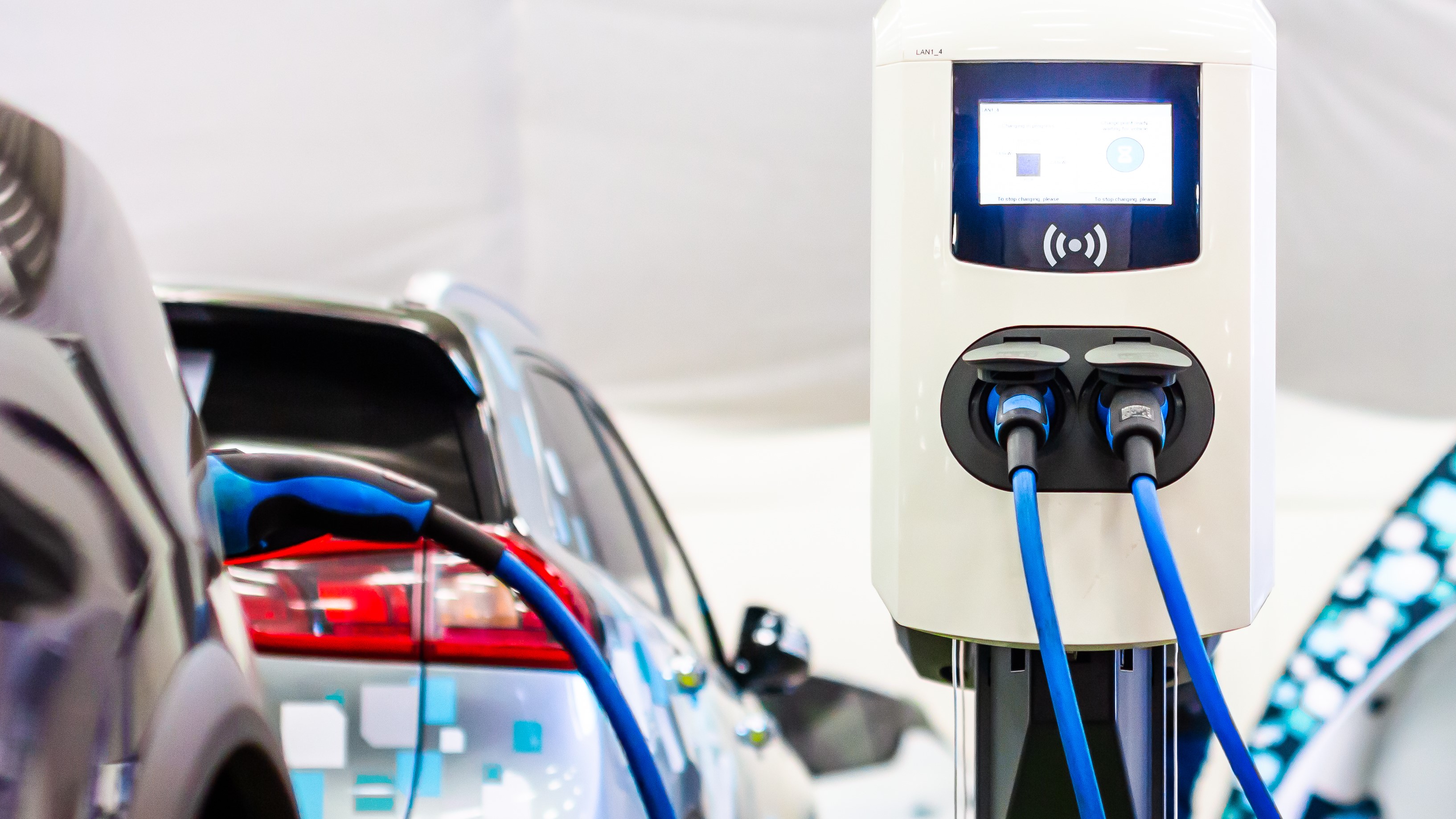I tried charging an EV at home and it was a shock I wasn't expecting

In my deeper dive into the world of electric vehicles, I’m continually learning more about the quirk and nuances that surround them. One of the common misconceptions for first time EV buyers is that you’ll need special equipment in order to charge the vehicle at home. That’s not true because EVs come with a Level 1 charger that lets you conveniently plug into a standard household outlet.
Even though I test drove a Lexus TX550H+ PHEV for a week, I was unable to charge its battery because it unfortunately didn’t come with a charger I could use at home. But luckily I didn’t have to wait long because I got to test drive a Hyundai Ioniq 6 sedan that came with one. After driving it around for the first couple of days to get its battery level down, I finally needed to charge it at home by the third day.
One of the main incentives for me to drive an all-electric vehicle is how they can take me away from paying the outrageous pricing on gasoline this summer, and with Memorial Day weekend here, gas prices are up just about everywhere I’ve checked. However, I was in store for a shock after charging the Hyundai Ioniq 6 at home for the first time. Here’s why.
Level 1 charging is convenient, but it takes time


When I finally plugged the Hyundai Ioniq 6 into a 120V outlet outside of my home, the battery level was 36% with an estimated range of 135 miles. Fast forward 14 hours and 33 minutes later, I proceeded to get into the Ioniq 6 only to realize it managed to get to just 42% overnight — roughly giving it a range of 162 miles. This tacked on an estimated 27 additional miles from where it started the previous night.
I think this is worth pointing out because there needs to be an expectation put forward for first time EV buyers. I was certainly shocked by the results after charging it overnight, so while Level 1 charging is convenient, it would take days for it to fully charge due to the slower charging speed. However, if your daily commute amounts to less than 20 miles in total, charging at Level 1 speed shouldn’t be a problem.
I don’t mind the long wait because my daily commute to work involves me driving to the train station each day, which is a little over 3 miles one way — so a charge overnight at Level 1 would be more than what I need. And since I charged it overnight, the rate for electricity consumption is much less for me versus charging it during peak hours (usually from 9:00 a.m. to 9:00 p.m.)
Although, I know that others can’t afford to wait that long, especially if they have a longer commute.
Get instant access to breaking news, the hottest reviews, great deals and helpful tips.
Better charging efficiency at a station

If you absolutely want a faster charge time at home, you’ll need to invest in a Level 2 charger because it takes 6 hours and 55 minutes to get the Ioniq from 0% to 80%. However, there’s the additional cost involved with installing the proper hardware at home — plus, you may need to obtain a permit from your city or town to install one.
That’s why there are more EV charging stations cropping up everywhere to allow drivers to quickly charge their EVs. In my experience charging a Ford F150 Lighting at a Tesla Supercharger location, you’ll definitely pay a lot more than you would at home charging your EV — but the charging efficiency is vastly better than Level 1 charging at home.
For example, the Ioniq 6 can get up to an 80% charge in 73 minutes using a 50kW charger. And if you can somehow find a station around you that offers 350kW charging, it would take 18 minutes worth of charging to get the Ioniq 6 to 80%. I often tell prospective and first time EV drivers that they should reserve charging at a station when it’s an emergency or if they plan on driving long distances. For the majority of the time, it’s best to charge at home to reap the most benefits of saving money.
More from Tom's Guide
- Sorry, EVs — I test drove my first PHEV and it’s the perfect blend of electric and gas power
- Thinking of buying an EV? Here’s the one question you need to answer first
- The 8 cheapest electric cars you can buy right now

John’s a senior editor covering phones for Tom’s Guide. He’s no stranger in this area having covered mobile phones and gadgets since 2008 when he started his career. On top of his editor duties, he’s a seasoned videographer being in front and behind the camera producing YouTube videos. Previously, he held editor roles with PhoneArena, Android Authority, Digital Trends, and SPY. Outside of tech, he enjoys producing mini documentaries and fun social clips for small businesses, enjoying the beach life at the Jersey Shore, and recently becoming a first time homeowner.
